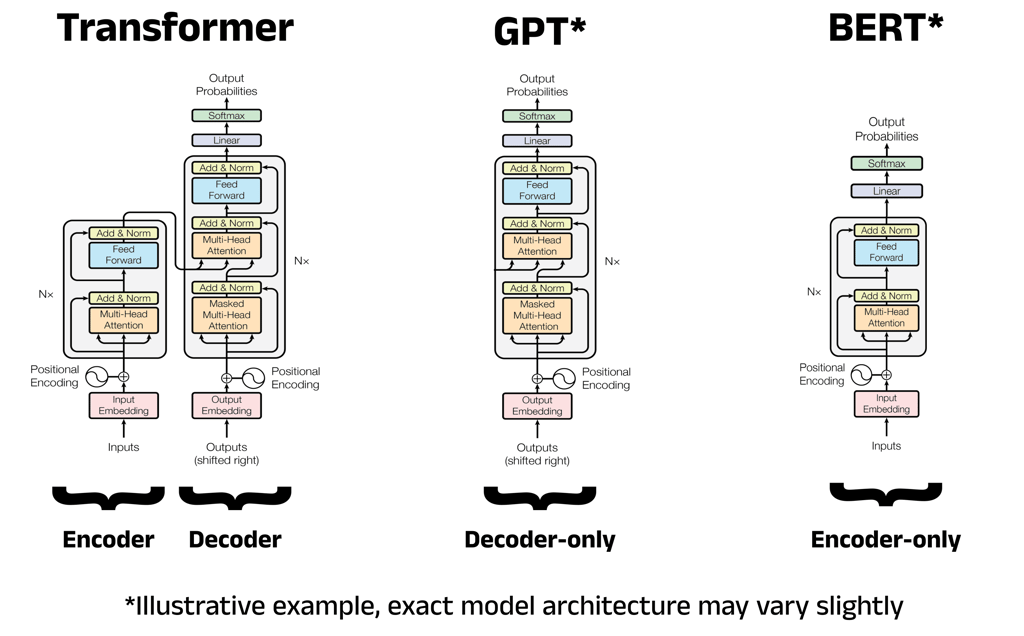Rethinking Reasoning: Energy-Based Transformers Optimization
Discover how energy-based transformers (EBTs) redefine reasoning as an optimization process, enabling adaptive problem-solving through iterative evaluation and refinement. Learn more about this new paradigm in AI.
TRENDS
7/13/20252 min read


🧠 Thinking in Loops
Researchers from the University of Illinois Urbana–Champaign and the University of Virginia propose Energy-Based Transformers (EBTs): a novel model design that frames “thinking” as an optimization process. Instead of simply generating a final output, an EBT uses an internal energy function to:
🧠 Evaluate how well a candidate's response matches the prompt (lower energy = better fit).
Optimize it via iterative refinement—thus “thinking longer” for tougher questions.
This diverges from conventional LLMs, which rely on a single pass plus learned patterns to output responses.
⚙️ How Energy-Based Transformers Work
Learn the energy function: The Model is trained to assign lower energy to good input-output pairs.
Generate and refine: Start with a random candidate, then iteratively refine to minimize energy, effectively “thinking” through alternatives.
Unified model: Generator and verifier reside in the same architecture—no need for external ranking or agents.
There are two main EBT variants:
Decoder-only (GPT-style)
Bidirectional (BERT-style)
🛠️ Real-World Potential
EBTs were benchmarked against other transformers:
Learned scalability: efficiently learn from data
Thinking scalability: performance improves with more inference compute
For enterprise applications, this means:
Cost-effective high-level reasoning
Adaptability across domains
Stronger performance on safety-critical tasks and limited-data scenarios
🧭 Broader Context & Related Trends
OpenAI’s “o1” uses inference-time scaling & chain-of-thought reasoning—another example of reasoning-focused model designs
Mesa-optimization and neuro-symbolic AI represent related research exploring optimization-like reasoning and hybrid symbolic approaches
🔮 Why It’s a Big Deal
New axis of scaling: Adds “thinking depth” as a new leverage point—not just model size or training data.
Unified generator-verifier: Simplifies architectures and boosts reliability.
Beyond benchmarks: Better suited for robust AI in real-world tasks where data is unpredictable or limited.
🧩 Why This Matters: Better “System 2” Thinking
System 1 vs. System 2: Psychological distinction between fast intuition (System 1) and slow analytical thought (System 2). Current LLMs excel at System 1 tasks—but struggle with deep reasoning. EBTs aim to fill this gap.
Adaptive Reasoning: Using inference-time scaling, EBTs can allocate more compute to complex queries, equivalent to “thinking harder.”
Better Generalization: The model can verify its outputs, enabling it to more reliably handle novel, out-of-distribution problems.




